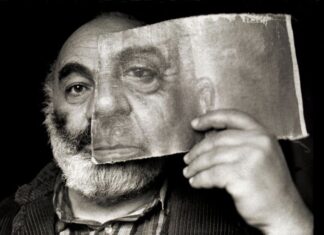Special to the Mirror-Spectator
POTSDAM, Germany — In Potsdam, not far from Berlin, there is a beautifully renovated villa known as the Lepsiushaus, or House of Lepsius, which was the family home where the German pastor and humanitarian aid worker, Dr. Johannes Lepsius, lived and worked from 1908 to 1926. Since its official opening as a museum and research center in May 2011, the Lepsiushaus has become the venue for exhibits, lectures and conferences related to the theme of the 1915 Armenian Genocide.
Most recently, the Lepsiushaus hosted an international conference honoring its namesake. The September conference gathered experts from several universities in Germany, Switzerland, US and Armenia, including Prof. Ashot Hayruni of Yerevan State University, and Prof. Margaret L. Anderson of the University of California, Berkeley, who shed light on the many sides of this complex and controversial individual.
Lepsius is known to most Armenians as a courageous German who intervened in an effort to halt the Genocide being perpetrated by the Young Turk government in Turkey. He travelled to Turkey to set up his humanitarian mission in Urfa in 1896 to aid victims of the Hamidian massacres, and after hearing reports through the foreign ministry in Berlin of new massacres in 1915,
again traveled to aid Armenians. He set off for Constantinople hoping to mount a humanitarian aid initiative to save Armenians, but was prevented from travelling inland by the Young Turk officials. In a famous personal encounter with War Minister Enver Pasha, which Franz Werfel immortalized in his saga, The Forty Days of Musa Dagh, Lepsius confronted Enver with the Young Turks’ political and moral responsibility and pleaded with him to be able to intervene to help the Armenian population. Enver refused. The only thing that Lepsius could do was to interview Armenian refugees arriving in the capital, along with foreign missionaries and other eye-witnesses to the mass murders, in order to compile a report based on the testimonies that would document the tragedy being perpetrated. That report was to shake Germany and the world.









